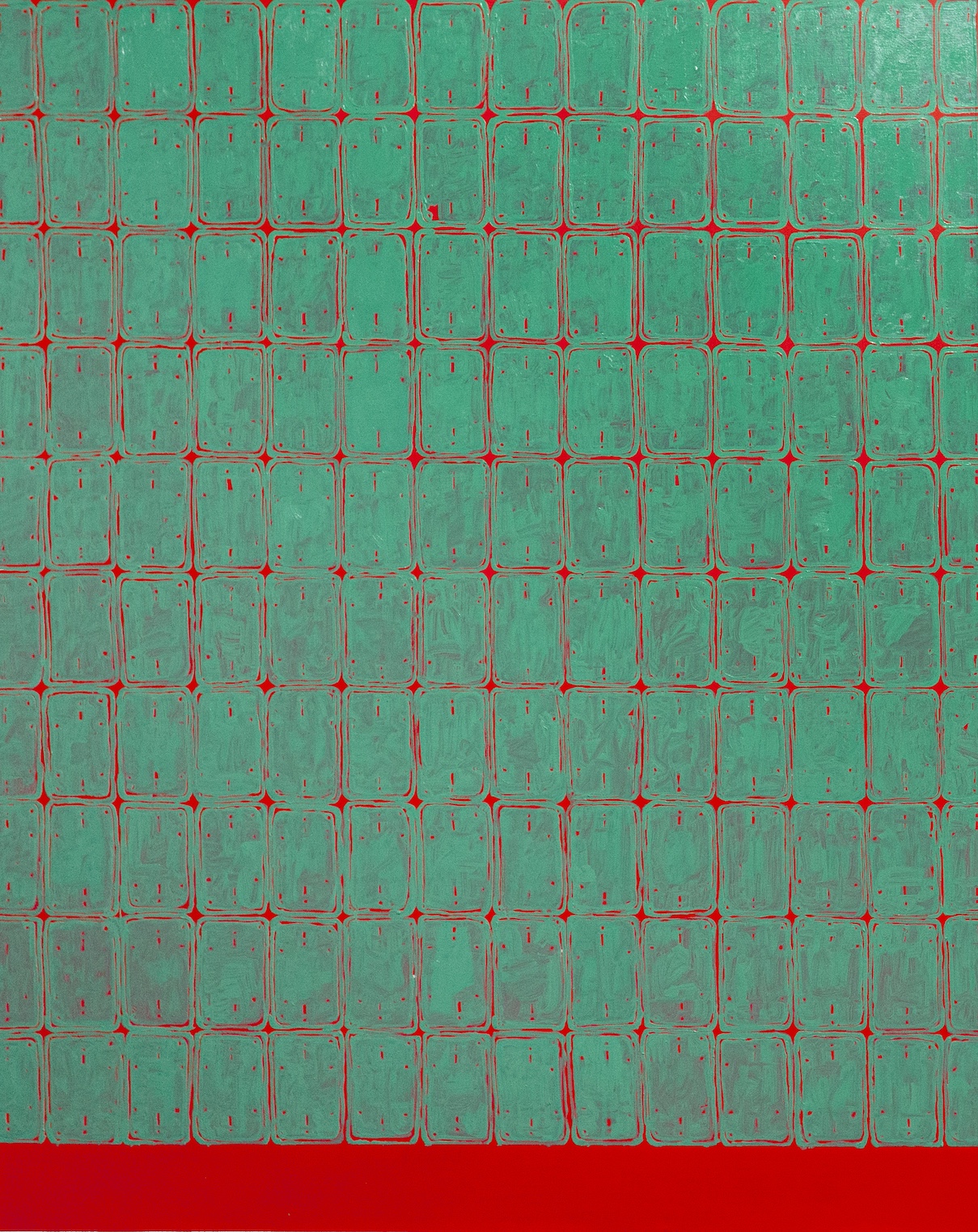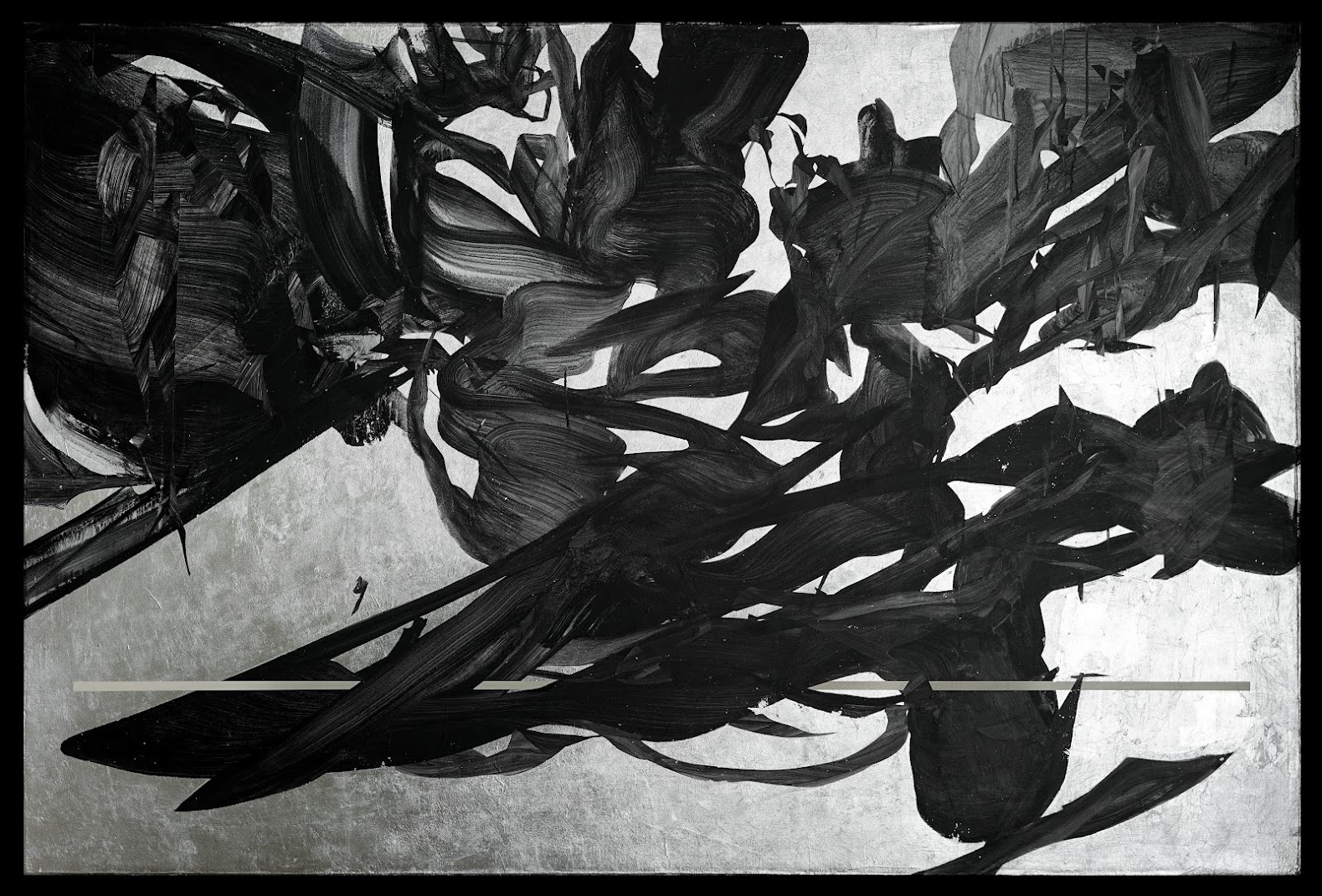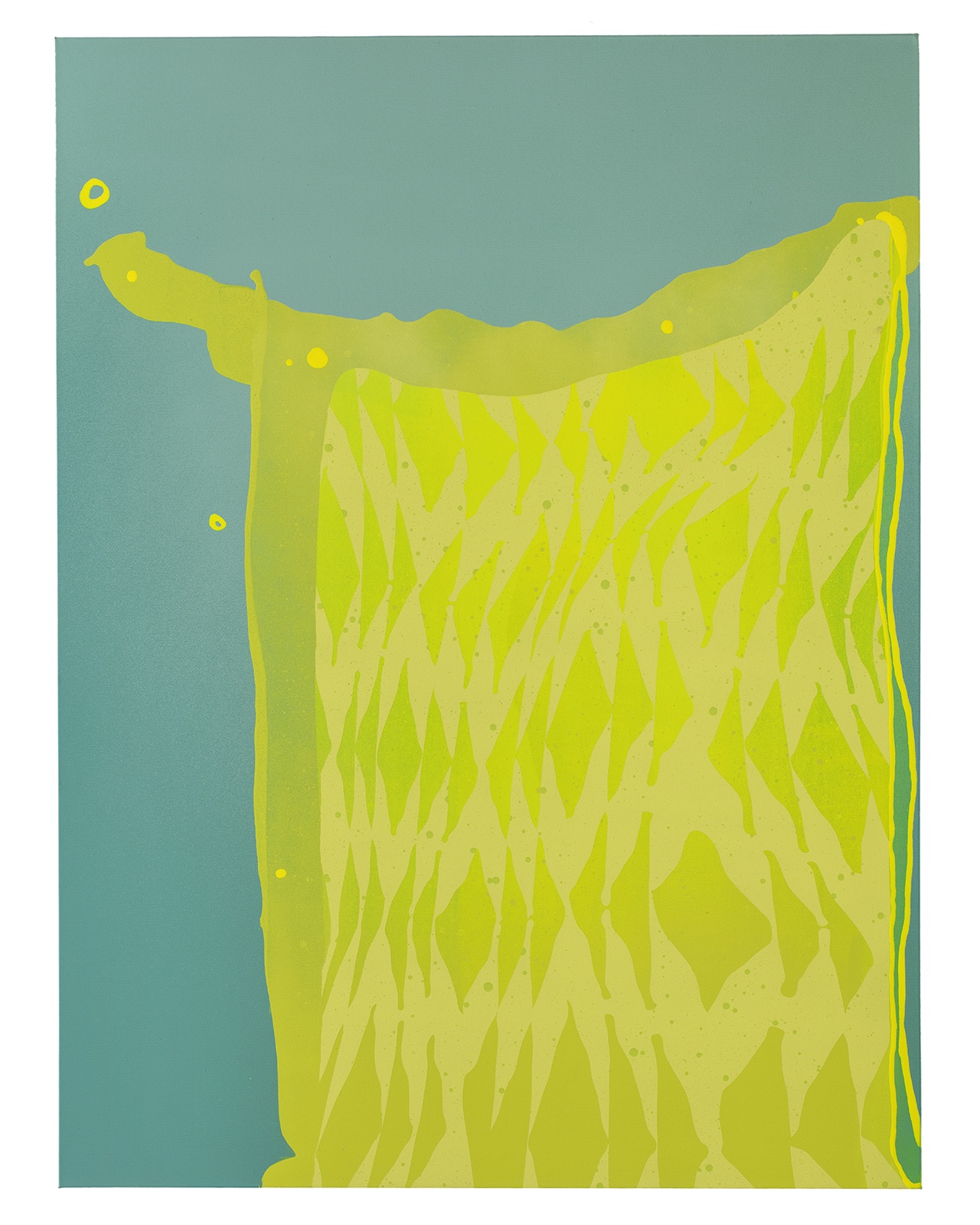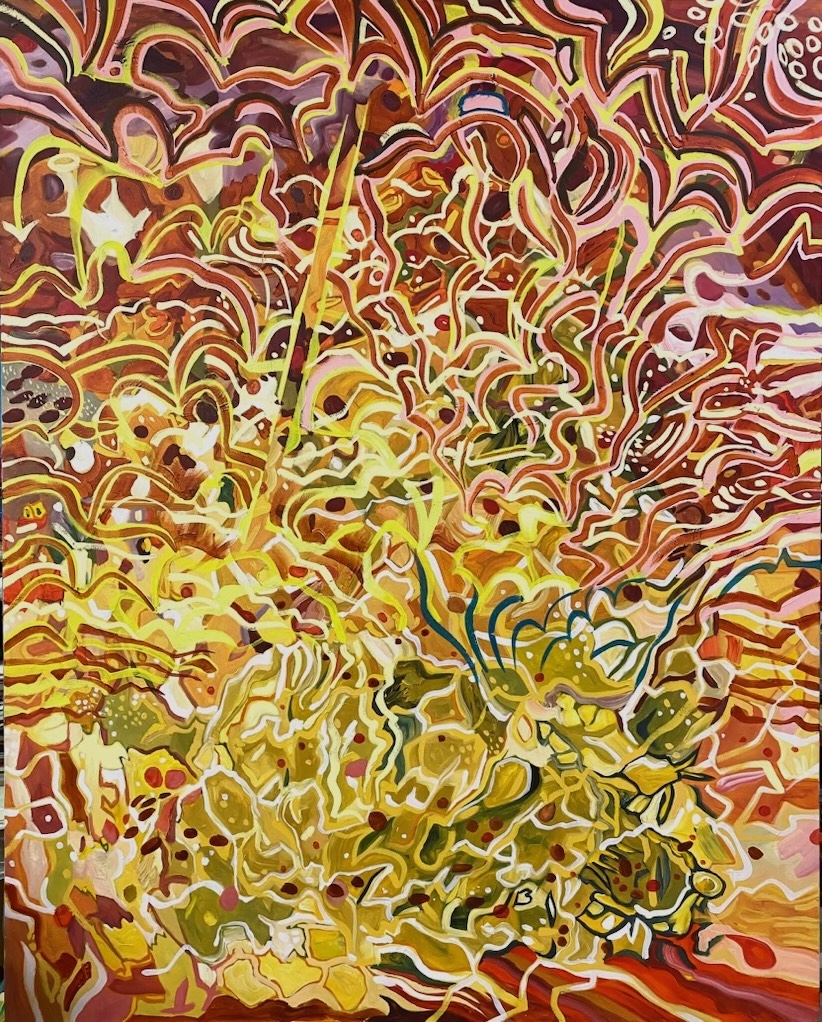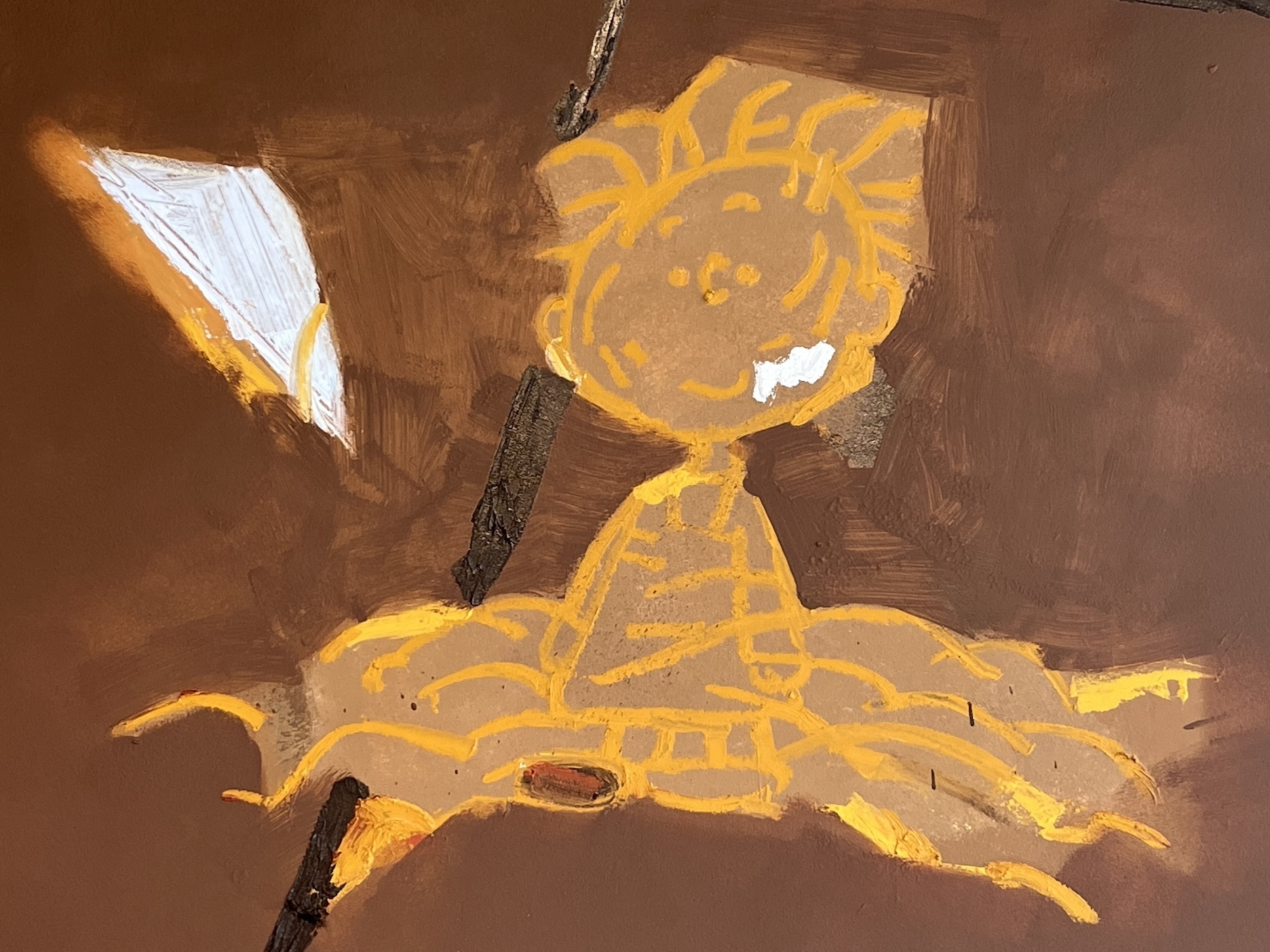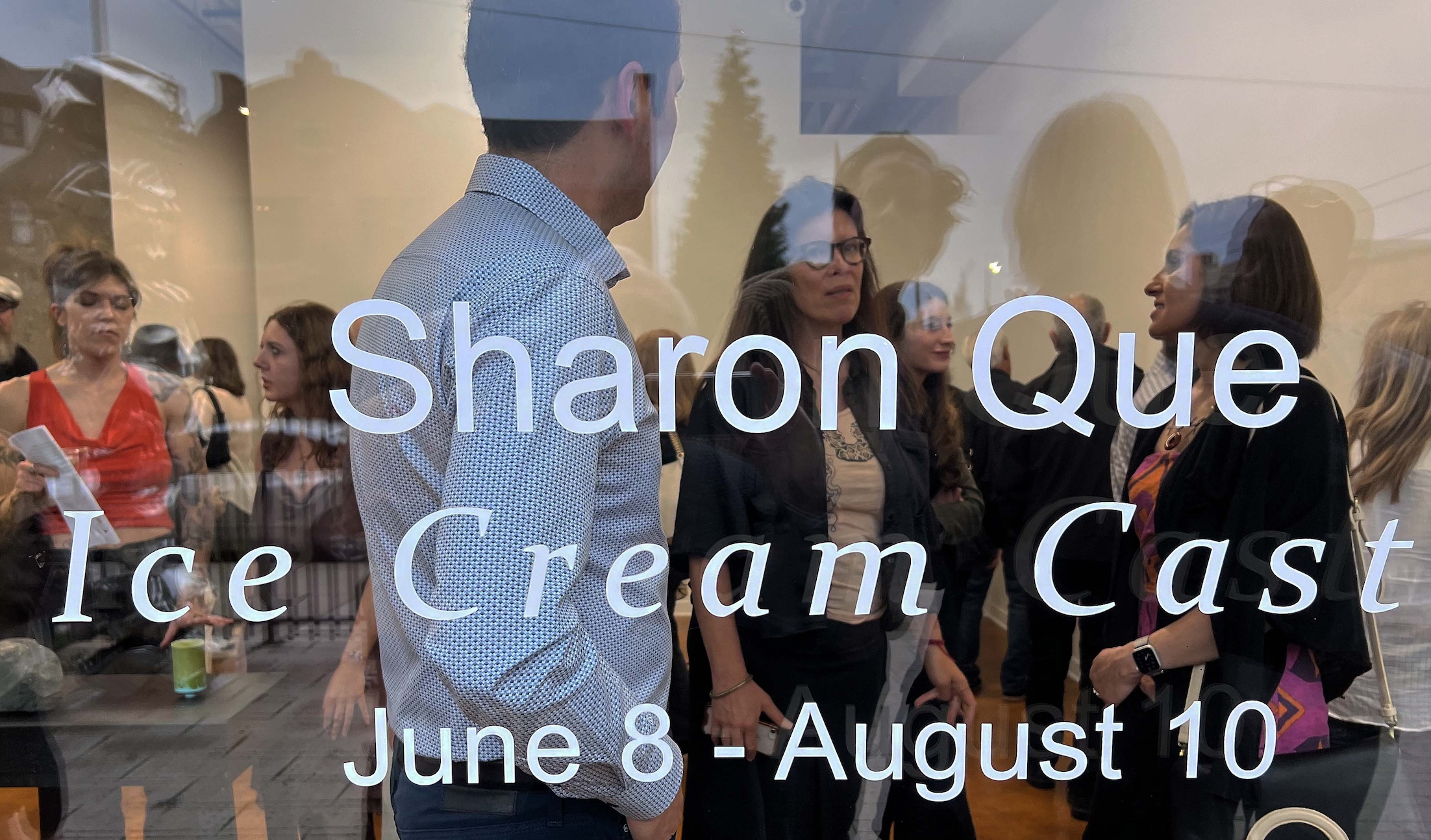
Sharon Que, Installation image. All images courtesy of DAR
Born Sharon Querciograssa, Sharon Que opened a new exhibition at the MATE’RIA Gallery on June 8, 2024, with constructed reliefs that rest on the wall, keeping the viewer engaged through exotic material, illustrated line drawings, and intriguing compositions. Que refreshingly sets her oeuvre apart from mainstream American sculpture. Her eclectic collection of disparate objects first confronts the viewer with an aesthetic experience, followed by a precise, calculated, measured, and intellectually investigated, sometimes having scientific connotations.
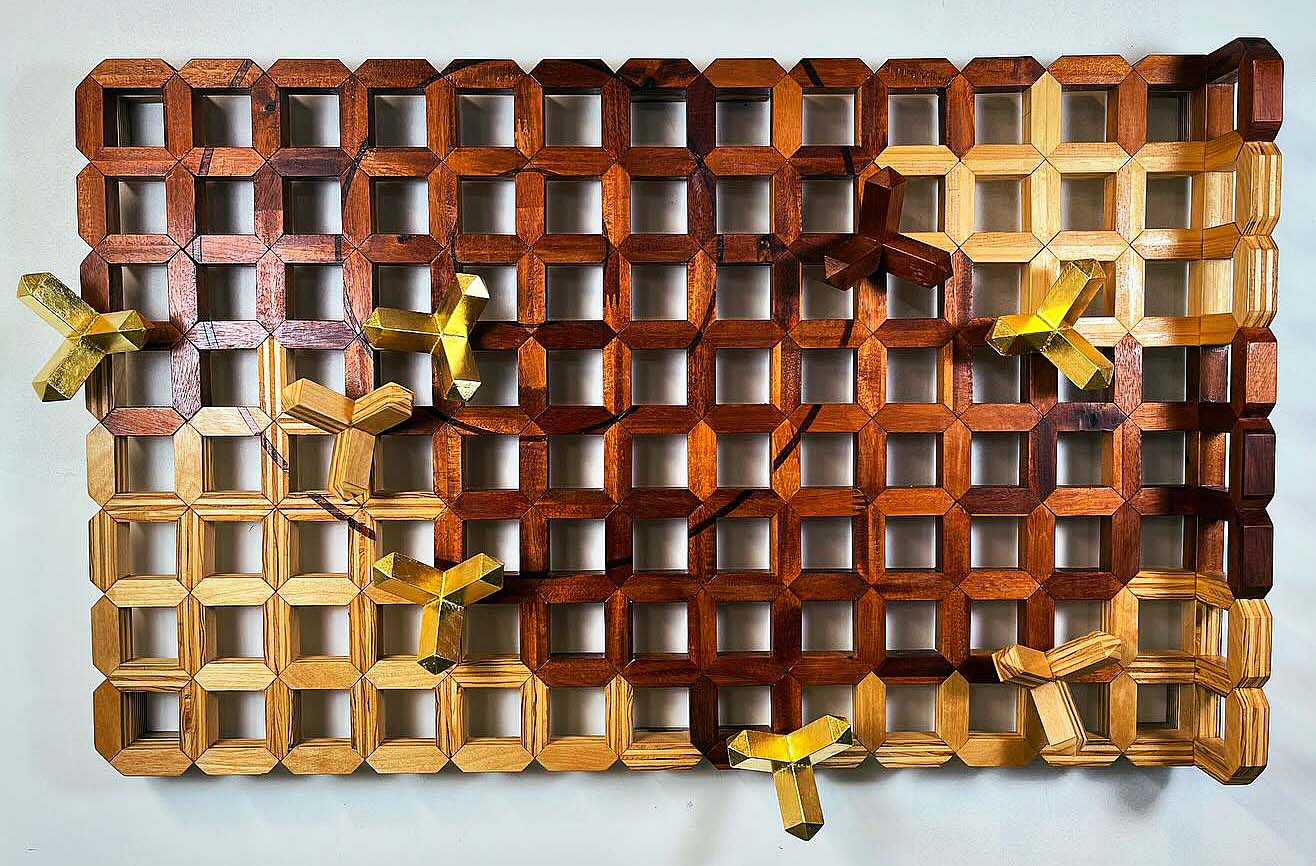
Sharon Que, Pollination, Mahogany, Plywood, Pine, Gold Leaf 20x31x3.75″
In Pollination, the wooden grid pieces are divided into two fields; squares of solid stained mahogany are juxtaposed against laminated squares of like-sized pine, punctuated with a spill of protruding star-like objects painted and covered with gold leaf. We are left be-dazzled in wonder, in awe of the precision with which the squares are made and arranged.
In an essay by Mary Ann Wilkinson, the former curator at the Detroit Institute of Arts, she says, “Que has been making objects for more than thirty years. She credits her awakening as an artist as a consequence of her eye-opening travels to Italy, Greece, and Turkey in the mid-1980s. Que’s deft combinations of physical elements often lead viewers to overlook the subtle emotional undercurrent of her work. Often, the mood seems to be melancholy, evoked by dark coloration, a sense of being anchored or bound, or a suggestion of emotional ambivalence.”
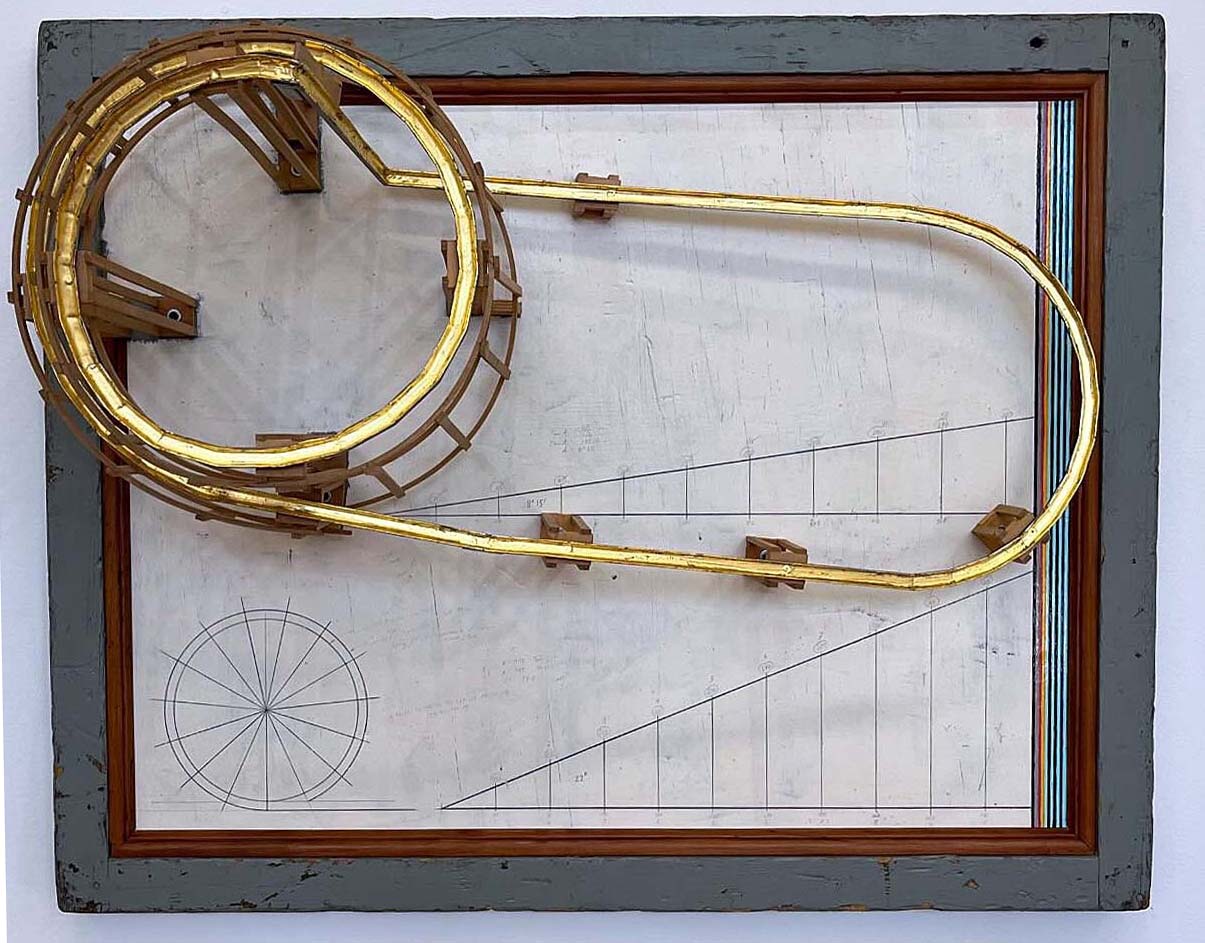
Sharon Que, Roller Coaster, Steel, Wood, Gold Leaf, Paint 29x36x15″ 2024
In Roller Coaster, Que finds a used wooden frame, creates an imaginary metal circular structure, and places it in the upper half of the composition, where it rests and comes forward. The simple line drawing acts as a side view, which we might perceive as an elevation view.
In her statement, she says, “There is a scaffolding system that exists for each of my sculpture exhibitions made up of the interactions with people, nature, music, and art that I have come across accidentally or made great efforts to experience. My imagery can take the form of data visualization algorithms. Algorithmic operations describe motion and growth; data visualization aims to reduce the clutter to make complex data more accessible.”

Sharon Que, I’ll Watch Over You, Wood, Birch Bark, Paint, Gold Leaf, 2024
Those familiar with Sharon Que’s work will notice motifs that often reoccur. In “I’ll Watch Over You,” the squares of wood appear with a drawing of a previous oval sculpture on the left (Dear Mr. Fantasy), and the repetition of a line matrix forms a field on the right side. In addition, she is repeatedly drawn to using the same tree bark as a background (Birch) while finding comfort in a band of colored strips next to her geometric field of circular shapes.
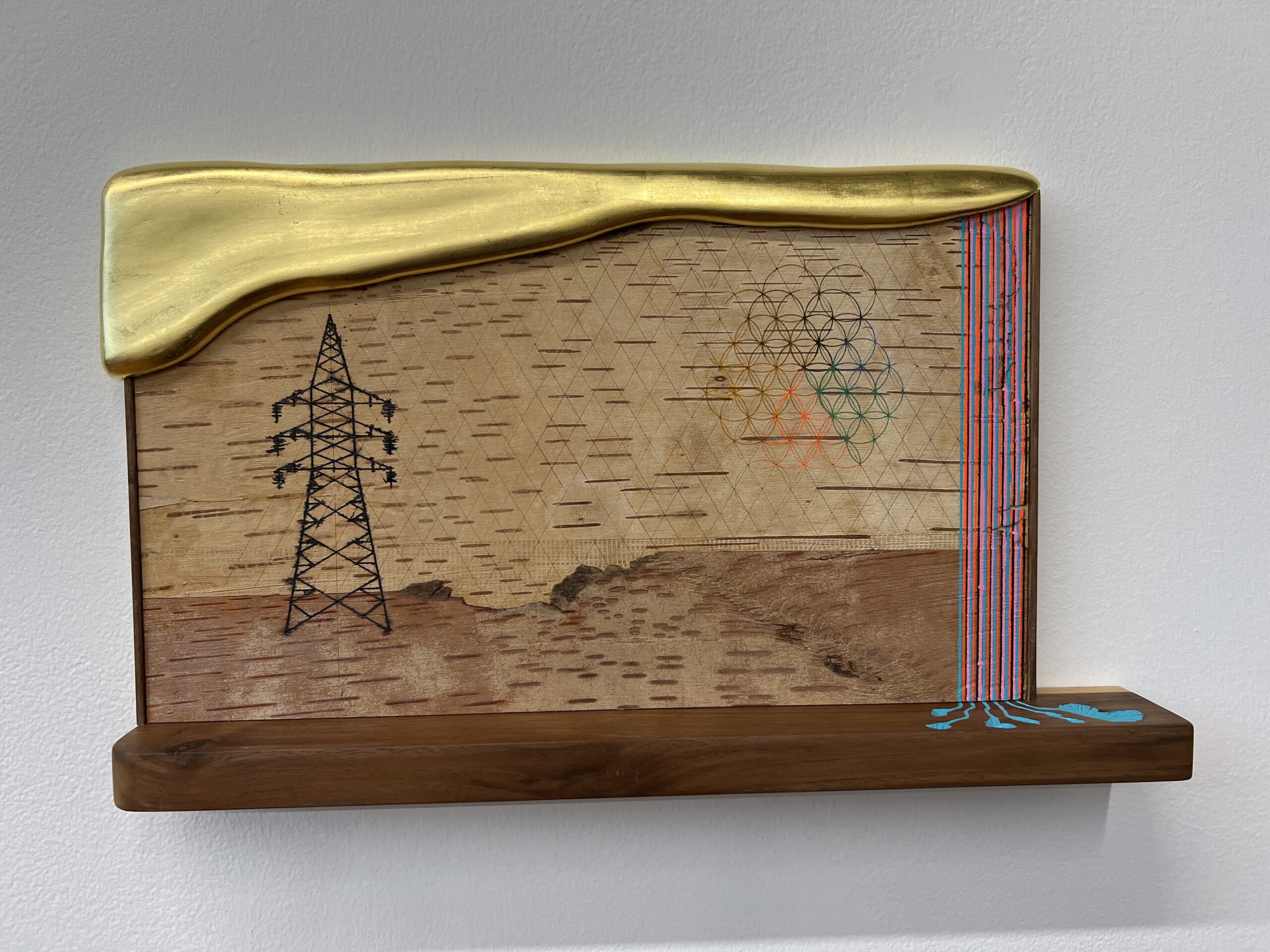
Sharon Que, That Long Lonely Highway, 9.5×16.5X2.25″ Wood, Birch Bark, Paint, Gold Leaf, 2024
In an interview with Sharon in 2014, I asked her about influences in her work, and she responded by talking about walks in the woods and at the beach; she said, “I was working simultaneously with magnetic sand from Lake Michigan and a two-dimensional image of the field of force around a magnet. In retrospect, it seems obvious to put the two together, but the obvious sometimes evades me.” In response to a question about her family, she says, “Some of my ancestry goes back to Emilia Romagna in Italy, where Ferrari, Maserati, and Lamborghini all originated. Before that, in ancient times, this region was inhabited by Etruscans, the undisputed masters of bronze casting.”
Simone DeSousa, the gallery owner, says that Sharon Que approaches her work from a triad of content, material, and technique, looking for synergy among the three. She uses recurring images from nature and geometry to reveal her own “coded inner life.
My personal experience with Sharon started when she was a middle school student at Shelby Jr. High School. She was taking my art class, and there was a brief introduction to ceramics. It was her turn after I did a rather crude demonstration of using the electric potter’s wheel. She dropped a large clump of stoneware down, centered the clay without effort, and pulled a beautiful, perfect cylinder with ease. At that moment, it was clear the teacher became the student.
It is hard to place Que’s work in a historical context. Still, in some ways, her work reminds me of the work of Joseph Cornell, a collector of objects with ambiguous meanings and mysterious connections. In both Que and Cornell, their work becomes a metaphor for their lives.
Transcending a simple literal reading, Que’s work explores the mysterious link between the known and the unknown. In each piece, she dips into her trove of life experience and formulates an expression that is exclusively hers, a very personal sensibility, and original.
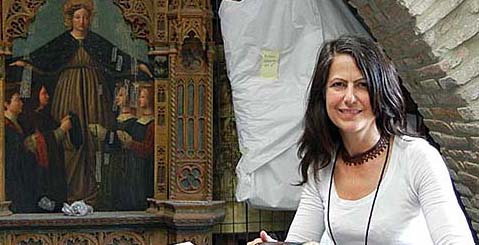
Sharon Que earned a BFA from the University of Michigan in 1986. Her works are part of the permanent collection at the Detroit Institute of Arts and the public sculpture on the campus of Oakland University. She has also exhibited in Venice, Italy, San Francisco, and Chicago and extensively in the metro Detroit area.

